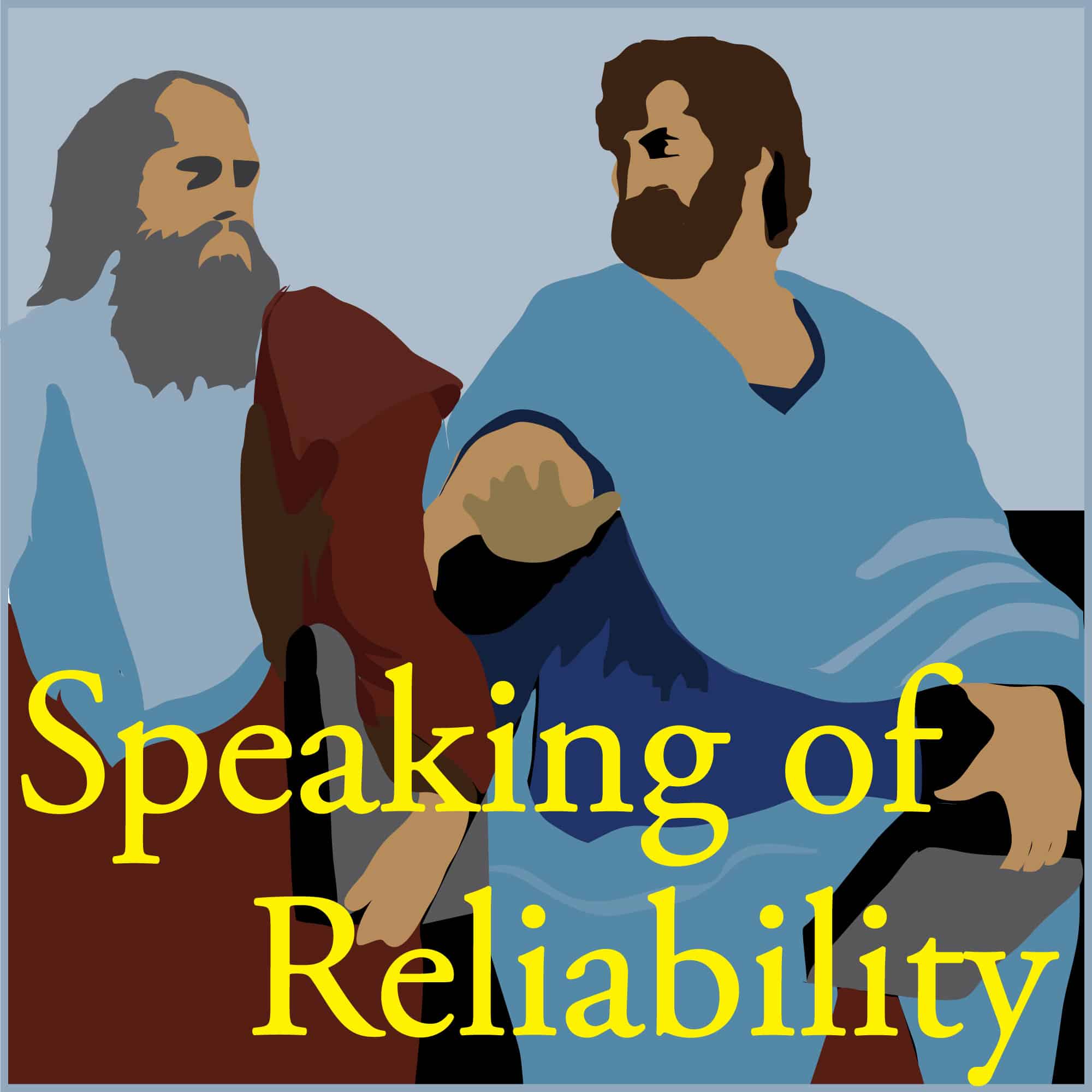

Speaking Of Reliability: Friends Discussing Reliability Engineering Topics | Warranty | Plant Maintenance
Reliability.FM: Accendo Reliability, focused on improving your reliability program and career
Gain the experience of your peers to accelerate improvement of your program and career. Improve your product development process, reliability or warranty performance; or your plant uptime or asset performance. Learn about reliability and maintenance engineering practical approaches, skills, and techniques. Join the conversation today.
Episodes
Mentioned books

Apr 29, 2024 • 0sec
SOR 961 Where do Confidence Bounds Come From
Where do Confidence Bounds Come From Abstract Chris and Fred discuss where the ideas of ‘confidence bounds’ come from … and perhaps what they mean. Key Points Join Chris and Fred as they discuss how we come up with things we call ‘confidence bounds.’ What are they? … and how do they help? Topics include: […]

Apr 26, 2024 • 0sec
SOR 960 Differing FMEA Approaches
Differing FMEA Approaches Abstract Carl and Fred discuss their overall approach to FMEA, what works and doesn’t work. Key Points Join Carl and Fred as they discuss how they approach FMEA to keep it lean, effective and workable. Topics include: Does a longer FMEA make for a better FMEA? If you have the right FMEA […]

Apr 22, 2024 • 0sec
SOR 959 Knotty Detection
Knotty Detection Abstract Carl and Fred discuss reader questions on FMEA detection, a subject which can be challenging and confusing. Detection is a key part of FMEA during product development as well as in operation. This podcast will discuss some of the “knottiest” challenges with understanding detection in FMEA. Key Points Join Carl and Fred […]

Apr 19, 2024 • 0sec
SOR 958 Learning Weibull Analysis
Learning Weibull Analysis Abstract Chris and Fred discuss Weibull Analysis and how it can help you can first take your ‘tentative’ steps to learn more about it. Key Points Join Chris and Fred as they discuss Weibull analysis. This is perhaps one of the most talked about forms of analysis reliability engineers talk about. And […]

Apr 15, 2024 • 0sec
SOR 957 Learning From Those Closest
Learning From Those Closest Abstract Kirk and Fred discuss the fact that many times those on the assembly and production lines are the ones that have the most information for assembly issues and causes of failures, yet the information they have is not heard by the engineers and management that could improve it. Key Points […]

Apr 12, 2024 • 0sec
SOR 956 Getting Failure Feedback
Getting Failure Feedback Abstract Kirk and Fred discuss the many required tests before market release and post market ongoing reliability testing and why testing is so necessary. Key Points Join Kirk and Fred as they discuss the reasons we have to do so many tests to get the feedback on failures sometimes long after the […]

Apr 8, 2024 • 0sec
SOR 955 Data Analysis Assumptions
Data Analysis Assumptions Abstract Greg and Fred discuss the importance and context of assumptions in data analysis. Key Points Join Greg and Fred as they discuss assumptions making decisions using non parametric data. Topics include: What is non parametric data? Why, when, and how to use non parametric data? How to make good decisions using […]

Apr 5, 2024 • 0sec
SOR 954 Ai Challenges and Opportunities
AI Challenges and Opportunities Abstract Greg and Fred discuss AI – both the challenges and opportunities for quality and reliability professionals. Key Points Join Greg and Fred as they discuss how AI may have the same impact as the discovery of electricity or the steam engine. Both created economic disruption and personal change. So, hang […]

Apr 1, 2024 • 0sec
SOR 953 Robustness
Robustness Abstract Philip and Fred discuss the idea of a robust design for a product or system. Key Points Join Philip and Fred as they discuss Topics include: To improve the ability of a product to withstand unexpected stresses, improve the robustness. Design techniques to improve robustness. Various methods to improve reliability like stress-strength analysis, […]

Mar 29, 2024 • 0sec
SOR 952 Vintage Experience
Vintage Experience Abstract Philip and Fred discuss the value of the experience our co-workers may be able to share. How important is Mentoring in the Workplace? Should we all be mentors? How do we collaborate with a cross functional team that is built through the many generations and Leveridge the experience and foster the growth […]


